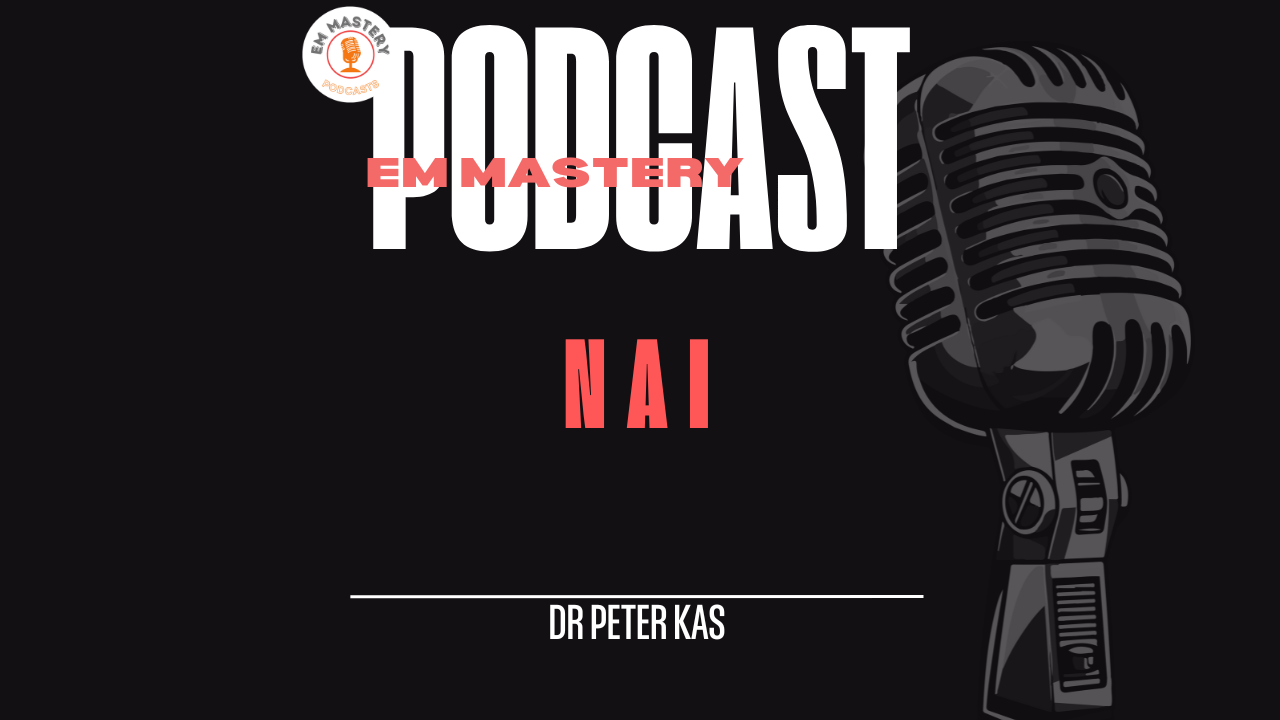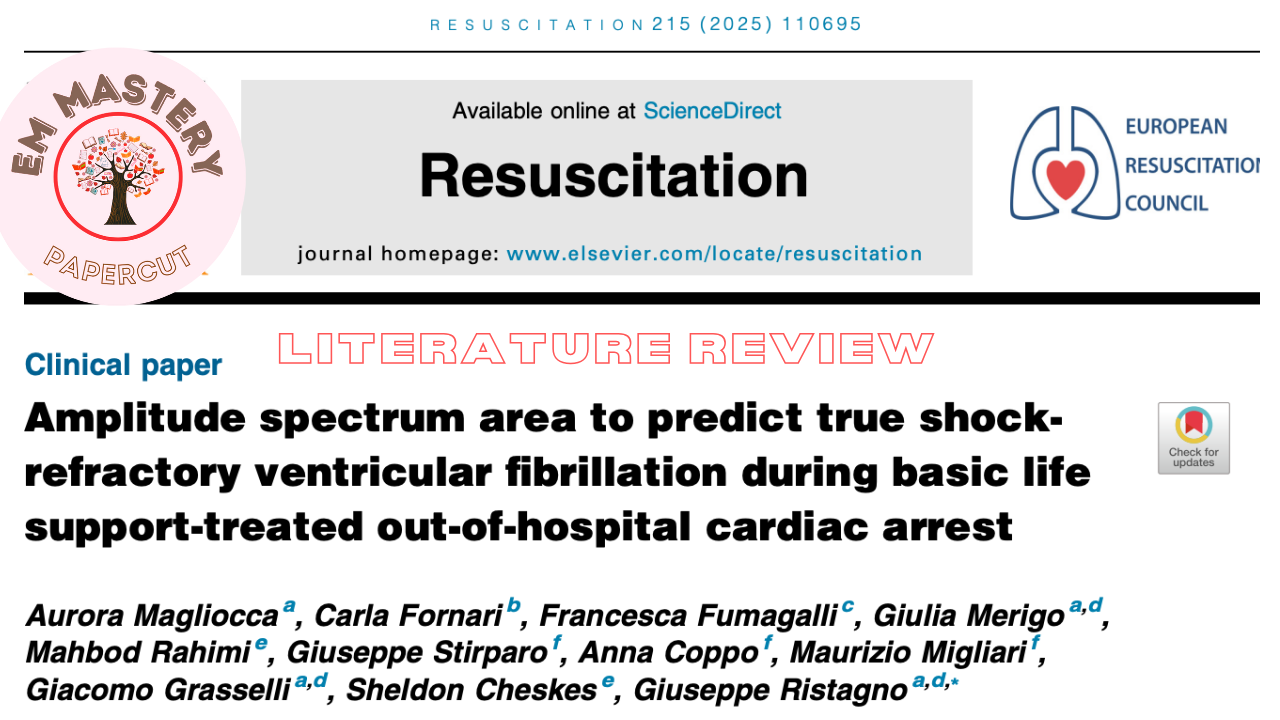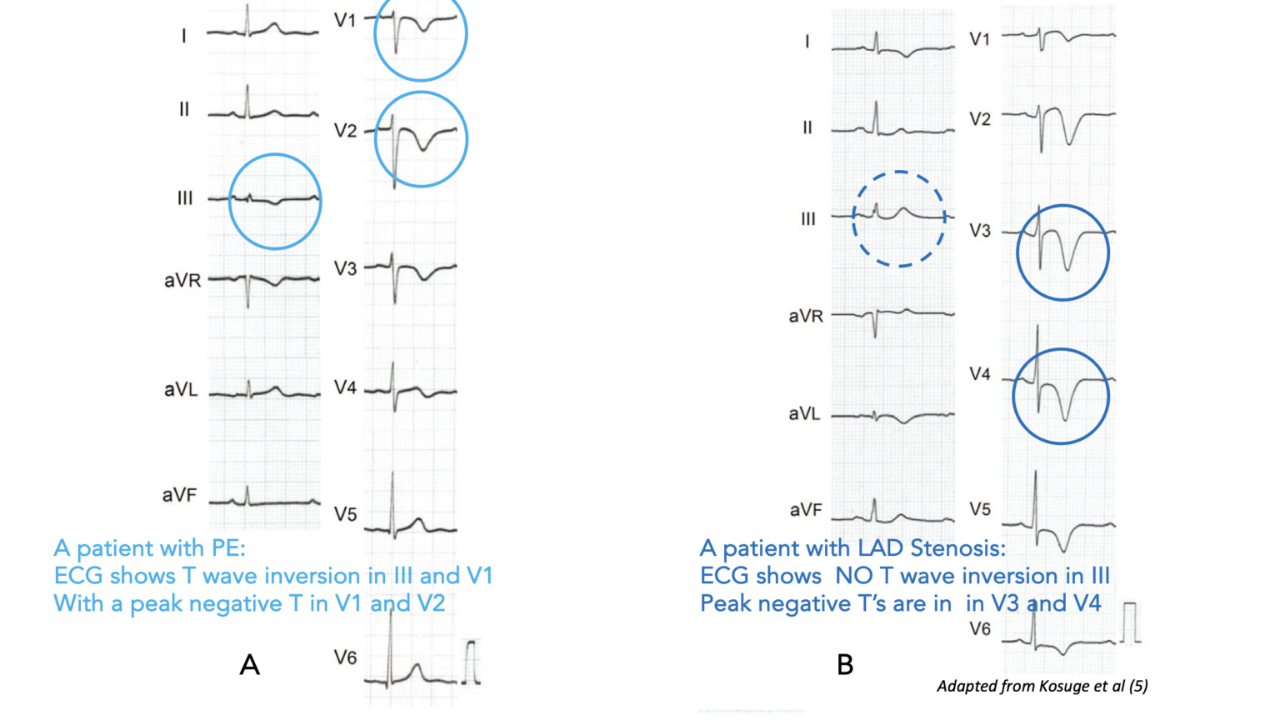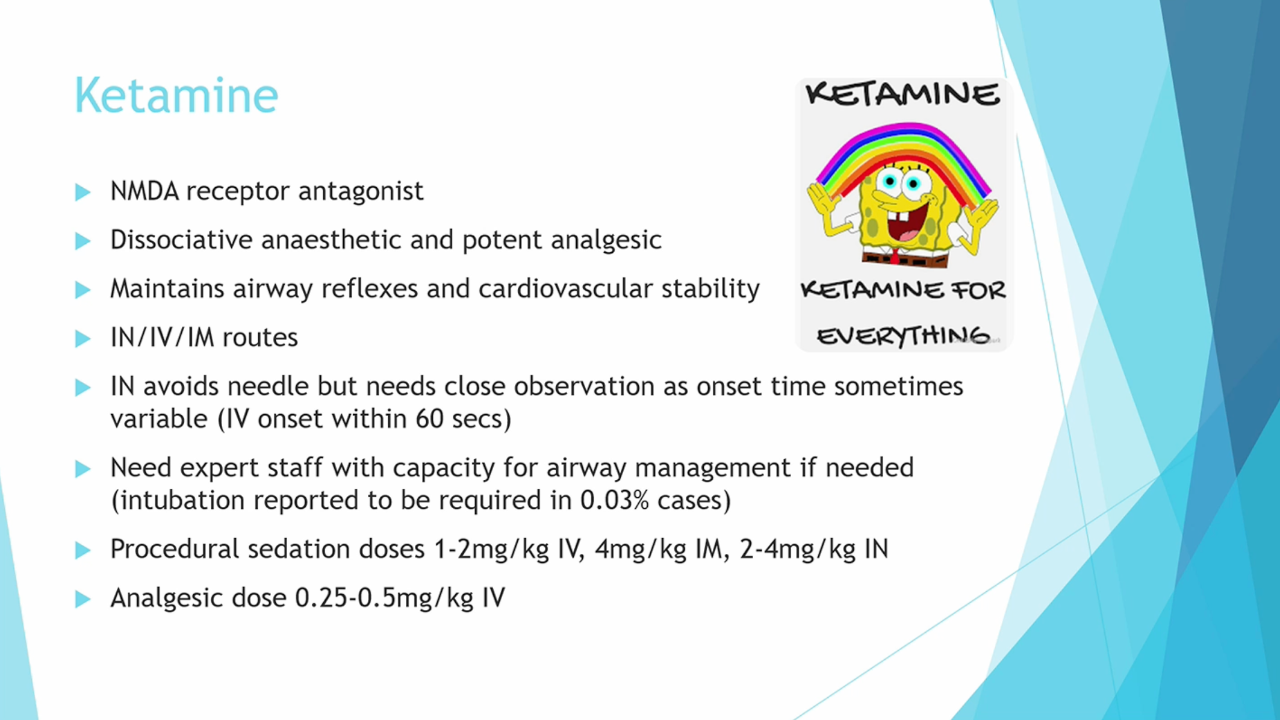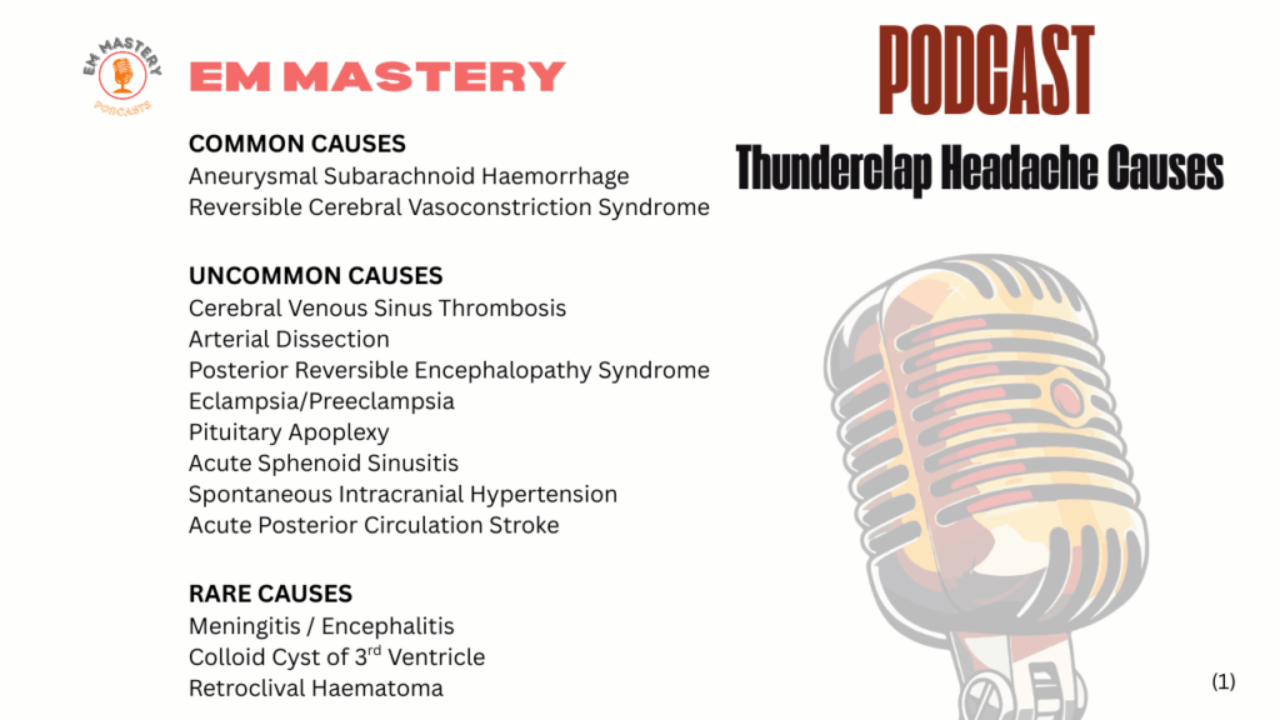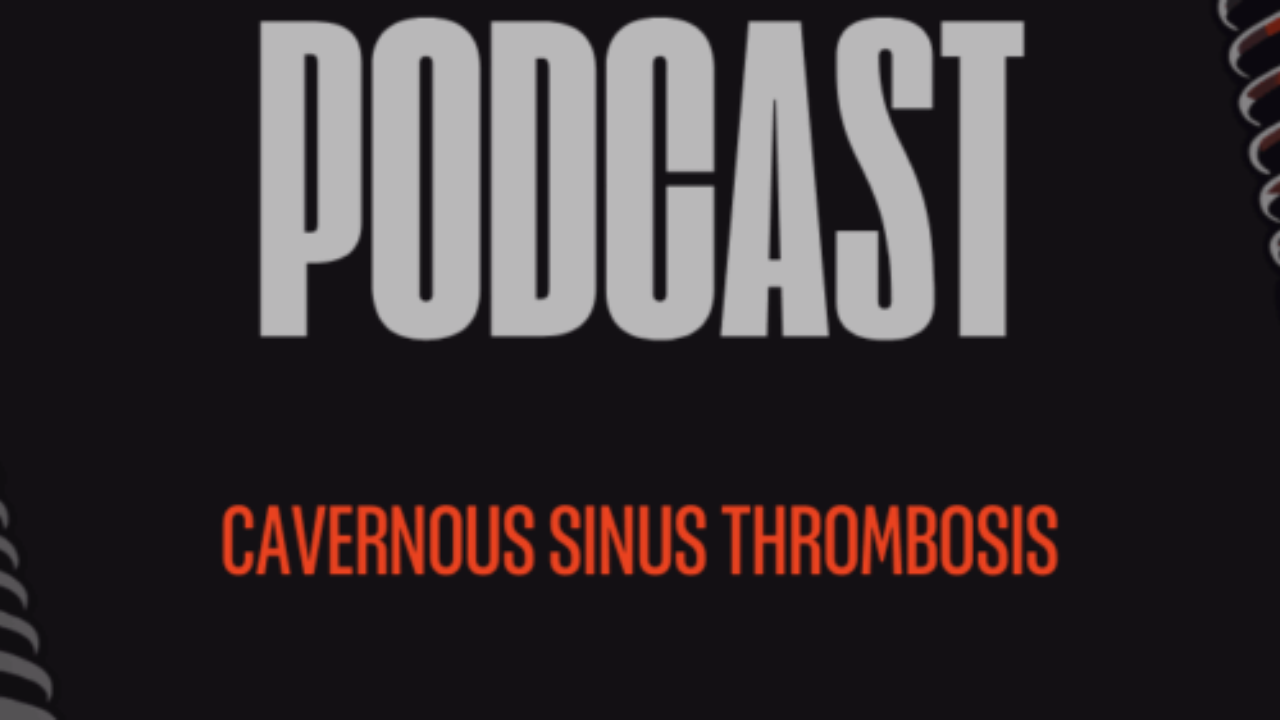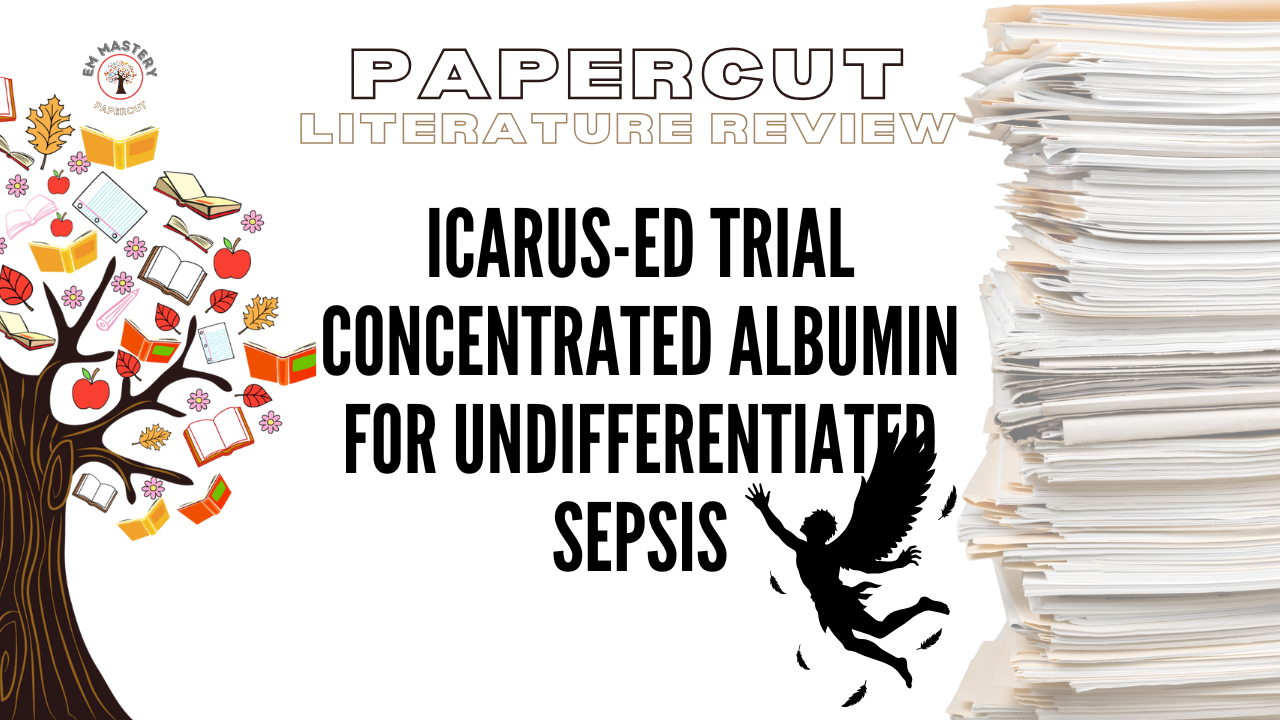
Oxygen Targets in Cardiac Arrest
Mar 27, 2024
The purpose of resuscitation in cardiac arrest, is to restore oxygenated blood supply to the organs, most importantly the brain. What are the oxygen targets in cardiac arrest and post arrest that we should be aiming for?
Hypoxic ischaemic encephalopathy (HIE), which is neuronal death post cardiac arrest occurs early….as early as 5 minutes after blood flow is reduced. Certainly within 30 – 40 minutes irreversible damage is established and poor neurological outcomes are almost certain, if survival occurs.
The purpose of resuscitation in cardiac arrest, is to restore oxygenated blood supply to the organs, most importantly the brain. What are the oxygen targets in cardiac arrest and post arrest that we should be aiming for? Hypoxic ischaemic encephalopathy (HIE), which is neuronal death post cardiac arrest occurs early….as early as 5 minutes after blood flow is reduced. Certainly within 30 – 40 minutes irreversible damage is established and poor neurological outcomes are almost certain, if survival occurs. In this podcast we discuss oxygenation and ventilation targets. We have seen that endotracheal intubation confers little benefit over supraglottic airway or even bag valve mask ventilation. However this is mostly due to interruption to CPR whilst trying to intubate. With video laryngoscopy, we can intubate whilst resuscitation continues….But then what? We don’t really know the best ventilation rate, although in animal models giving more than 10 breaths per minute results in no survival, probably as a result of hyperinflation of the chest and decreased return of blood to the heart. We don’t really know the best volume of ventilation to deliver. Do we really know what oxygen concentrations to deliver? ILCOR recommends 100% oxygen until the patient is haemodynamically stable. What happens if Return of Spontaneous Circulation(ROSC) does occur? How much oxygen do we need to give then? There is a balance between correcting hypoxia and the reperfusion injury that can occur from hyperoxygenation. Most of the research on oxygen targets has been in out of hospital cardiac arrest (OHCA) patients who are then randomised to differing levels of oxygenation in ICU. Very few have the randomisation occurring in the Emergency Department. This may represent an important factor in outcomes, as the earlier application of the best oxygenation strategy, may make all the difference. The EXACT Trial Randomised Trial, where patients were randomised on average at 50 minutes post ROSC, but could be randomised once hemodynamically stable with Sp02 >94% on 100% oxygen. Randomisation occurred into one of two oxygenation groups: SpO2 90-94% SpO2 96-98% Primary outcome was survival to hospital discharge. This was lower in the lower oxygen titration group (90–94%). The restrictive group experienced hypoxia in some of their patients requiring 100% oxygen, to re-establish adequate saturations. The trial was stopped early (428 of a planned 1418 patients recruited) due to the pandemic The BOX Trial This is the largest study to date. It was a randomised, open label, Danish study, where patients were randomised in ICU at 2-4 hours post ROSC into two groups: Group 1: A restrictive approach of FiO2 of 0.3 and partial pressure of 68-75 mm Hg. The FiO2 could be increased if the SpO2 was less than 93% Group 2: A liberal approach of FiO2 of 0.6 and partial pressure of oxygen of 98-105 mm Hg Primary outcome was “a composite of death from any cause or discharge from the hospital with severe disability or coma, whichever occurred first within 90 days after randomization”. Secondary outcomes included: Pasma neuron-specific enolase level at 48 hours Death from any cause 90-day scores on the Montreal Cognitive Assessment, modified Rankin scale, and the CPC N= 789 85% of patients had a shockable rhythm and between 85% and 89% had bystander CPR. ROSC occurred in 21 minutes plus or minus about 13 minutes in both groups. There was no statistically significant difference in the two groups in terms of the composite outcome of death or survival with a poor neurologic outcome. References Bernard SA, et al. Effect of Lower vs Higher Oxygen Saturation Targets on Survival to Hospital Discharge Among Patients Resuscitated After Out-of-Hospital Cardiac Arrest: The EXACT Randomized Clinical Trial. JAMA 2022;328:1818–26. The ICU-ROX Investigators and the Australian and New Zealand Intensive Care Society Clinical Trials Group. Conservative Oxygen Therapy during Mechanical Ventilation in the ICU. N Engl J Med 2019;382:989–98. Schmidt H, Kjaergaard J, Hassager C, et al. Oxygen Targets in Comatose Survivors of Cardiac Arrest. N Engl J Med 2022;387:1467–76.
In this podcast we discuss oxygenation and ventilation targets.
We have seen that endotracheal intubation confers little benefit over supraglottic airway or even bag valve mask ventilation. However this is mostly due to interruption to CPR whilst trying to intubate. With video laryngoscopy, we can intubate whilst resuscitation continues….But then what?
- We don’t really know the best ventilation rate, although in animal models giving more than 10 breaths per minute results in no survival, probably as a result of hyperinflation of the chest and decreased return of blood to the heart.
- We don’t really know the best volume of ventilation to deliver.
- Do we really know what oxygen concentrations to deliver? ILCOR recommends 100% oxygen until the patient is haemodynamically stable.
What happens if Return of Spontaneous Circulation(ROSC) does occur? How much oxygen do we need to give then? There is a balance between correcting hypoxia and the reperfusion injury that can occur from hyperoxygenation.
Most of the research on oxygen targets has been in out of hospital cardiac arrest (OHCA) patients who are then randomised to differing levels of oxygenation in ICU. Very few have the randomisation occurring in the Emergency Department. This may represent an important factor in outcomes, as the earlier application of the best oxygenation strategy, may make all the difference.
The EXACT Trial
Randomised Trial, where patients were randomised on average at 50 minutes post ROSC, but could be randomised once hemodynamically stable with Sp02 >94% on 100% oxygen. Randomisation occurred into one of two oxygenation groups:
- SpO2 90-94%
- SpO2 96-98%
Primary outcome was survival to hospital discharge. This was lower in the lower oxygen titration group (90–94%). The restrictive group experienced hypoxia in some of their patients requiring 100% oxygen, to re-establish adequate saturations.
The trial was stopped early (428 of a planned 1418 patients recruited) due to the pandemic
The BOX Trial
This is the largest study to date. It was a randomised, open label, Danish study, where patients were randomised in ICU at 2-4 hours post ROSC into two groups:
- Group 1: A restrictive approach of FiO2 of 0.3 and partial pressure of 68-75 mm Hg. The FiO2 could be increased if the SpO2 was less than 93%
- Group 2: A liberal approach of FiO2 of 0.6 and partial pressure of oxygen of 98-105 mm Hg
Primary outcome was “a composite of death from any cause or discharge from the hospital with severe disability or coma, whichever occurred first within 90 days after randomization”.
Secondary outcomes included:
- Pasma neuron-specific enolase level at 48 hours
- Death from any cause
- 90-day scores on the Montreal Cognitive Assessment, modified Rankin scale, and the CPC
N= 789
85% of patients had a shockable rhythm and between 85% and 89% had bystander CPR. ROSC occurred in 21 minutes plus or minus about 13 minutes in both groups.
There was no statistically significant difference in the two groups in terms of the composite outcome of death or survival with a poor neurologic outcome.
References
- Bernard SA, et al. Effect of Lower vs Higher Oxygen Saturation Targets on Survival to Hospital Discharge Among Patients Resuscitated After Out-of-Hospital Cardiac Arrest: The EXACT Randomized Clinical Trial. JAMA 2022;328:1818–26.
- The ICU-ROX Investigators and the Australian and New Zealand Intensive Care Society Clinical Trials Group. Conservative Oxygen Therapy during Mechanical Ventilation in the ICU. N Engl J Med 2019;382:989–98.
- Schmidt H, Kjaergaard J, Hassager C, et al. Oxygen Targets in Comatose Survivors of Cardiac Arrest. N Engl J Med 2022;387:1467–76.
We have seen that endotracheal intubation confers little benefit over supraglottic airway or even bag valve mask ventilation. However this is mostly due to interruption to CPR whilst trying to intubate. With video laryngoscopy, we can intubate whilst resuscitation continues….But then what?
- We don’t really know the best ventilation rate, although in animal models giving more than 10 breaths per minute results in no survival, probably as a result of hyperinflation of the chest and decreased return of blood to the heart.
- We don’t really know the best volume of ventilation to deliver.
- Do we really know what oxygen concentrations to deliver? ILCOR recommends 100% oxygen until the patient is haemodynamically stable.
What happens if Return of Spontaneous Circulation(ROSC) does occur? How much oxygen do we need to give then? There is a balance between correcting hypoxia and the reperfusion injury that can occur from hyperoxygenation.
Most of the research on oxygen targets has been in out of hospital cardiac arrest (OHCA) patients who are then randomised to differing levels of oxygenation in ICU. Very few have the randomisation occurring in the Emergency Department. This may represent an important factor in outcomes, as the earlier application of the best oxygenation strategy, may make all the difference.
The EXACT Trial
Randomised Trial, where patients were randomised on average at 50 minutes post ROSC, but could be randomised once hemodynamically stable with Sp02 >94% on 100% oxygen. Randomisation occurred into one of two oxygenation groups:
- SpO2 90-94%
- SpO2 96-98%
Primary outcome was survival to hospital discharge. This was lower in the lower oxygen titration group (90–94%). The restrictive group experienced hypoxia in some of their patients requiring 100% oxygen, to re-establish adequate saturations.
The trial was stopped early (428 of a planned 1418 patients recruited) due to the pandemic
The BOX Trial
This is the largest study to date. It was a randomised, open label, Danish study, where patients were randomised in ICU at 2-4 hours post ROSC into two groups:
- Group 1: A restrictive approach of FiO2 of 0.3 and partial pressure of 68-75 mm Hg. The FiO2 could be increased if the SpO2 was less than 93%
- Group 2: A liberal approach of FiO2 of 0.6 and partial pressure of oxygen of 98-105 mm Hg
Primary outcome was “a composite of death from any cause or discharge from the hospital with severe disability or coma, whichever occurred first within 90 days after randomization”.
Secondary outcomes included:
- Pasma neuron-specific enolase level at 48 hours
- Death from any cause
- 90-day scores on the Montreal Cognitive Assessment, modified Rankin scale, and the CPC
N= 789
85% of patients had a shockable rhythm and between 85% and 89% had bystander CPR. ROSC occurred in 21 minutes plus or minus about 13 minutes in both groups.
There was no statistically significant difference in the two groups in terms of the composite outcome of death or survival with a poor neurologic outcome.
References
- Bernard SA, et al. Effect of Lower vs Higher Oxygen Saturation Targets on Survival to Hospital Discharge Among Patients Resuscitated After Out-of-Hospital Cardiac Arrest: The EXACT Randomized Clinical Trial. JAMA 2022;328:1818–26.
- The ICU-ROX Investigators and the Australian and New Zealand Intensive Care Society Clinical Trials Group. Conservative Oxygen Therapy during Mechanical Ventilation in the ICU. N Engl J Med 2019;382:989–98.
- Schmidt H, Kjaergaard J, Hassager C, et al. Oxygen Targets in Comatose Survivors of Cardiac Arrest. N Engl J Med 2022;387:1467–76.
Join Our Free email updates
Get breaking news articles right in your inbox. Never miss a new article.
We hate SPAM. We will never sell your information, for any reason.


